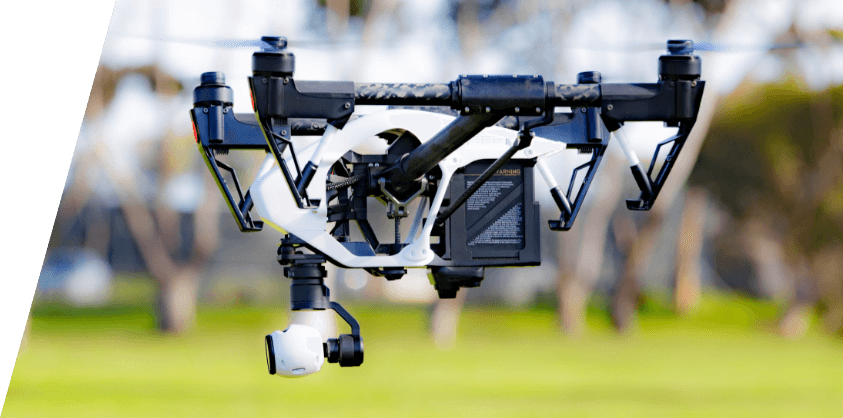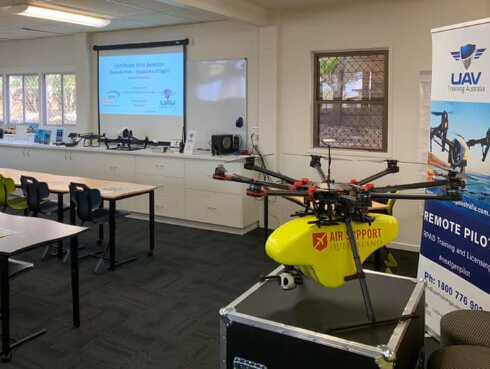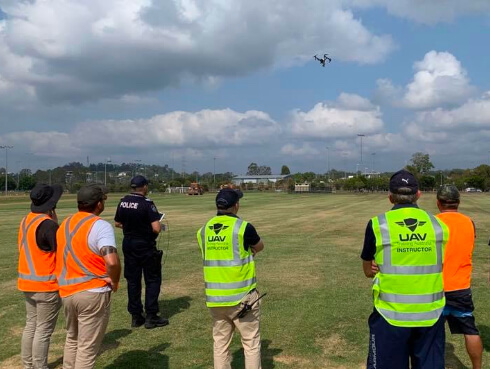[startwrap class=”row”]
[divup class=”col-lg-7″]
We spend a lot of time responding to enquiries about the pathway to obtaining a drone licence. There seems to be a lot of confusion out there regarding the type of licences available, and what you’ll need to achieve your career goals. In the same day I have spoken to an airline pilot with all the qualifications under the sun and 15,000 plus hours, and a mum looking to gain entry into a growth industry; the question always seems to be the same – do I need to get my licence, and if so, how? In this blog, we want to provide a clear pathway to gain the qualification and licence that will equip you to chase your dreams.
Firstly and most importantly, you’ll need to decide what kind of flying you want to do.
Currently, if you’re flying anything under 2kg take-off weight and that’s where you plan to stay, you won’t need a licence. You’ll just need to register with CASA and get what is known as an ARN (Aviation Reference Number) and you’re good to go. You will need to stay within standard operating conditions which is fine for anyone looking to play in the hobby photography space, but you can now operate “commercially” and get paid for your work as a drone pilot / photographer.
If you want to go on to bigger things like asset inspection, mapping and surveying, search and rescue, cinematography, delivery or even working the front line in emergency crews, you’ll need to start with your Remote Pilot’s Licence (RePL) and add on an AROC (Aeronautical Radio Operator’s Certificate).
This is a 5 day, full-time course. Once this is completed, you’ll be able to fly drones up to 7kg take-off weight (including payload) legally and get paid for it. You will also find it much easier to get insurance and more opportunities will open up for you to get paid work.
After that, the world is your oyster, and your goals are ready to be achieved! You may want to go on and do some more training so you can fly after last light, or get your licence upgraded to allow you to fly drones up to 25kg take-off weight, or your beyond visual line of sight rating so that you can fly longer distances.
Heck, you may even go on and become a chief pilot for an organisation with a ReOC (Remote operators certificate) and approve other people’s flights. The point is, if you’re considering jumping into drone flying commercially, there is a clear pathway, laid out by CASA that is simple to follow.
Hopefully, this clears things up! If you want more information, email info@uavtrainingaustralia.com.au and we will be in touch.
Happy Flying,
The UAV Training Australia Team
[divup class=”col-lg-4 offset-lg-1 blog-images”]



[endwrap]
